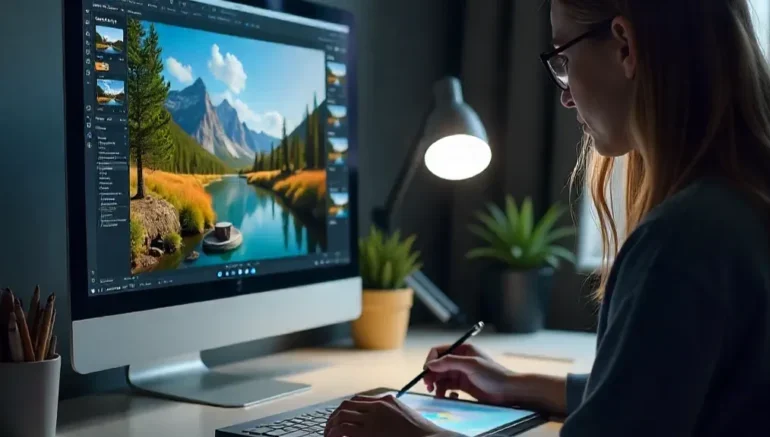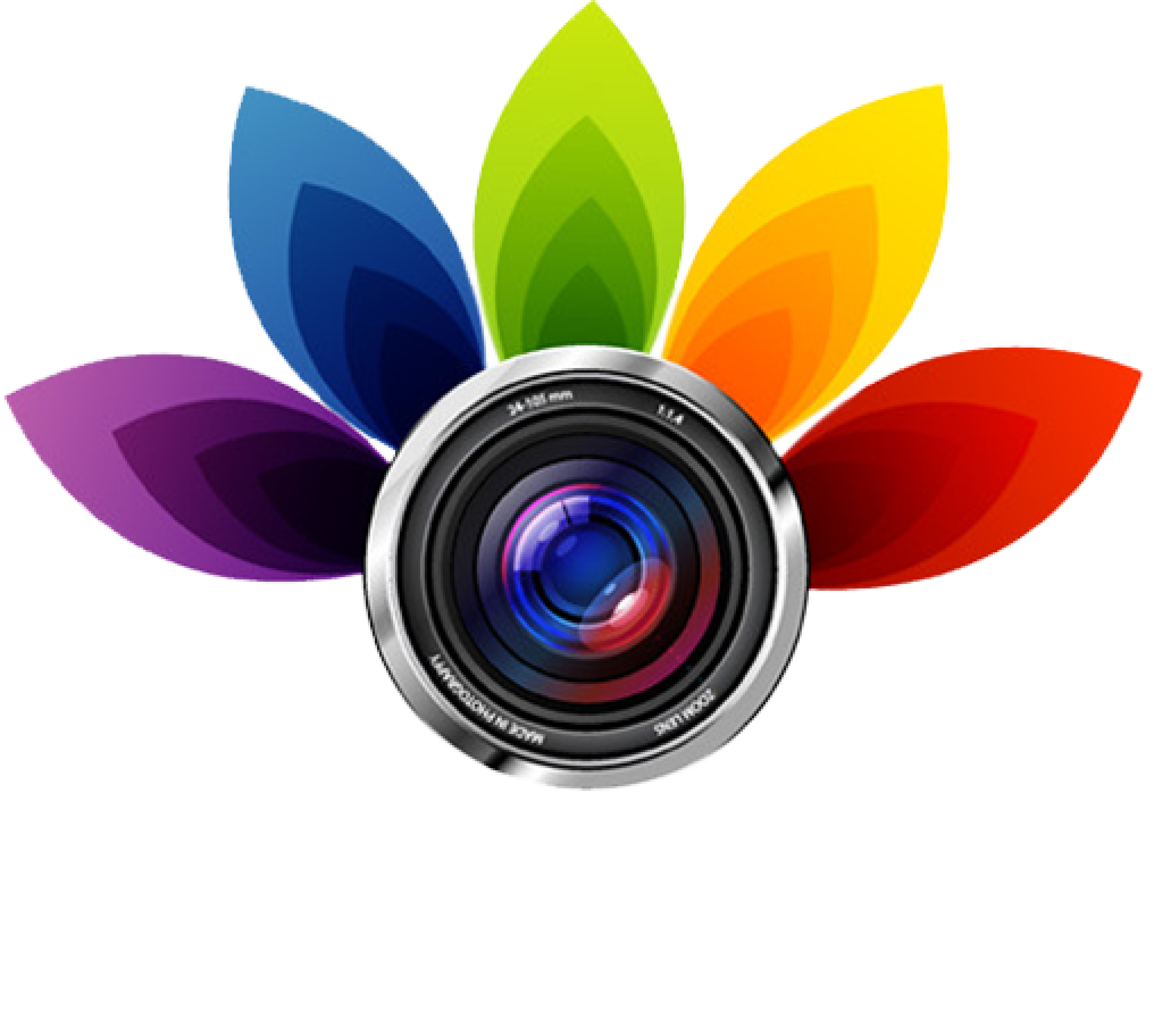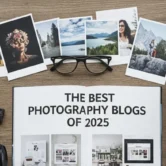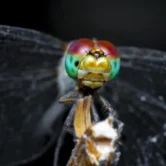
Balance AI Automation with Manual Creativity in Photo Editing
Balance AI automation and manual creativity are becoming important in modern photo editing. AI tools make the process faster and easier, handling tasks like color correction, background removal, or retouching in minutes. However, AI alone can’t fully replace the creative touch of a human editor. Manual creativity adds personality, style, and attention to detail that machines often miss. The best photo edits happen when technology and human skill work together, each filling in what the other lacks.
Balance AI automation with manual editing isn’t just about saving time, it’s about getting better results. By knowing which parts of the workflow to automate and which to handle by hand, editors can focus on the creative choices that make images stand out. It’s a combination of speed, consistency, and artistry. When done right, AI becomes a helpful assistant rather than a replacement. In this guide, we’ll explore practical ways to find that balance of AI Automation and make your photo edits both efficient and creative.
Why Balance AI Automation Matters
 AI tools have changed the way photo editing works. They can handle repetitive tasks like adjusting colors, removing backgrounds, or fixing small errors in a fraction of the time it would take manually. This speed is a huge advantage, especially when working with large batches of images. However, AI can only follow rules and patterns; it cannot fully understand style, emotion, or the small details that make a photo unique. This is why relying solely on AI can sometimes result in images that feel generic or flat.
AI tools have changed the way photo editing works. They can handle repetitive tasks like adjusting colors, removing backgrounds, or fixing small errors in a fraction of the time it would take manually. This speed is a huge advantage, especially when working with large batches of images. However, AI can only follow rules and patterns; it cannot fully understand style, emotion, or the small details that make a photo unique. This is why relying solely on AI can sometimes result in images that feel generic or flat.
Balancing AI automation with manual creativity makes your photos are both polished and original. Knowing when and how to combine AI with hands-on editing can improve results without slowing down your workflow. Human input lets you add personal touches, adjust details, and make creative decisions that AI cannot predict. At the same time, AI can save time and reduce repetitive work, giving you space to focus on the creative aspects.
To make the most of this balance, try these tips:
- Use AI for routine corrections like color balance or background cleanup
- Apply manual edits for textures, highlights, and unique styles
- Review AI results carefully before finalizing the image
- Experience with creative adjustments that AI may not suggest
- Keep a consistent workflow so AI and manual edits complement each other
Finding the Right Workflow to Balance AI Automation
 Finding the right workflow is key to balancing AI automation and manual creativity in photo editing. Not every task should be handled by AI, and not every step requires manual work. By understanding which parts of the process benefit from automation and which need a human touch, you can save time without sacrificing quality. A clear workflow also helps you stay organized, maintain consistency across projects, and avoid mistakes caused by rushing. The goal is to create a system where AI and manual editing support each other rather than compete.
Finding the right workflow is key to balancing AI automation and manual creativity in photo editing. Not every task should be handled by AI, and not every step requires manual work. By understanding which parts of the process benefit from automation and which need a human touch, you can save time without sacrificing quality. A clear workflow also helps you stay organized, maintain consistency across projects, and avoid mistakes caused by rushing. The goal is to create a system where AI and manual editing support each other rather than compete.
To build an effective workflow, consider these tips:
- Identify repetitive tasks that AI can handle, such as color correction or background removal
- Reserve detailed adjustments and creative choices for manual editing
- Set checkpoints to review AI-generated results before finalizing
- Plan your editing steps in advance to keep the process smooth
- Adjust your workflow depending on the project size and style requirements
When to Use AI Tools to Balance AI Automation and Manual Creativity
Knowing when to use AI tools is key to balancing efficiency and creativity in photo editing. AI works best for tasks that are repetitive, time-consuming, or require consistency across multiple images. These tools can quickly handle things like color adjustments, background removal, or correcting minor imperfections. By letting AI handle these steps, you save time and reduce the risk of errors while keeping your focus on creative decisions. However, not every step should be automated, some tasks still need the human touch to maintain style and quality.
Here are some situations where AI tools are most helpful:
- Adjusting colors, brightness, and contrast across multiple photos
- Removing or replacing backgrounds quickly
- Retouching small imperfections in bulk
- Standardizing edits for large batches or series of images
- Suggesting edits that can speed up workflow but still need manual review
Tips for Better Creative Control
 Even when using AI to speed up photo editing, maintaining creative control is important to make your images stand out. AI can handle repetitive tasks, but it may not match your style or vision perfectly. Manual adjustments allow you to refine details, boost mood, and add unique touches that make your work personal. Balancing AI efficiency with hands-on creativity makes sure that your editors feel professional and original. With the right approach, you can save time while keeping full control over how your photos look.
Even when using AI to speed up photo editing, maintaining creative control is important to make your images stand out. AI can handle repetitive tasks, but it may not match your style or vision perfectly. Manual adjustments allow you to refine details, boost mood, and add unique touches that make your work personal. Balancing AI efficiency with hands-on creativity makes sure that your editors feel professional and original. With the right approach, you can save time while keeping full control over how your photos look.
Here are some tips to improve creative control while using AI:
- Review AI edits carefully and adjust colors, brightness, and contrast to match your style
- Add personal touches like texture, highlights, or selective sharpening manually
- Experiment with creative effects that AI may not suggest
- Keep a consistent workflow so your edits look cohesive across all images
- Don’t rely on AI for final approval, your eye and instincts
Keep your edits consistent
Consistency is important in photo editing because it makes your work look professional and polished. If you are editing a single image or a large batch, keeping colors, lighting, and style uniform helps your photos feel cohesive. AI tools can help maintain this consistency, but human oversight is still needed to make sure each image matches your vision. Manual checks allow you to refine details, correct small differences, and assure your creative style is applied across all photos. Consistent edits not only improve the overall quality but also strengthen your brand or portfolio.
Here are some tips to keep your edits consistent:
- Use AI presets or batch editing for repetitive adjustments
- Compare images side by side to check colors and lighting
- Keep a reference image for style and tone throughout the project
- Apply manual adjustments only when necessary to maintain uniformity
- Save your workflow or settings to repeat consistent results in future projects
Common Mistakes to Avoid
 When balancing AI automation and manual creativity, it’s easy to fall into habits that hurt your edits instead of improving them. One common mistake is over-relying on AI and assuming it can handle everything. While AI is fast and efficient, it can miss small details, make inconsistent adjustments, or produce results that look generic. Another mistake is ignoring manual checks or skipping creative refinements, which can make your photos feel lifeless. Being aware of these pitfalls helps you stay in control and makes your edits remain high-quality and unique.
When balancing AI automation and manual creativity, it’s easy to fall into habits that hurt your edits instead of improving them. One common mistake is over-relying on AI and assuming it can handle everything. While AI is fast and efficient, it can miss small details, make inconsistent adjustments, or produce results that look generic. Another mistake is ignoring manual checks or skipping creative refinements, which can make your photos feel lifeless. Being aware of these pitfalls helps you stay in control and makes your edits remain high-quality and unique.
Here are some common mistakes to avoid and tips to fix them:
- Relying entirely on AI without reviewing results manually
- Skipping detailed adjustments like shadows, highlights, and textures
- Using the same settings for every image without considering style or context
- Ignoring minor errors that can affect overall quality
- Forgetting to maintain your unique editing style
Over-relying on AI
Over-relying on AI is a common mistake in photo editing that can reduce the quality and uniqueness of your work. While AI is fast and efficient, it cannot fully understand style, emotion, or the small details that take a photo stand out. Depending too much on AI can result in images that look generic, flat, or inconsistent with your personal vision. It’s important to remember that AI is a tool to assist your editing, not a replacement for your creativity. Manual input allows you to add personality, fine-tune details, and make creative choices that AI cannot predict.
Here are some tips to avoid over-relying on AI:
- Always review AI-generated edits before finalizing the image
- Use AI for repetitive tasks but handle creative adjustments manually
- Don’t rely on AI presets for all projects; adjust settings to fit each image
- Take time to add your own style, highlights, and textures
- Balance speed with careful attention to details to keep edits unique
Making AI a Helpful Partner
 AI works best when it is treated as a tool to assist, not replace, your creative skills. By using AI for repetitive or time-consuming tasks, you have free time to focus on the parts of editing that require personal judgment and style. This partnership allows you to work faster without sacrificing quality. Manual creativity adds personality and detail that AI cannot predict, while AI assures consistency and efficiency across multiple images. Treating AI as a helpful partner creates a workflow that combines the strengths of both technology and human skill.
AI works best when it is treated as a tool to assist, not replace, your creative skills. By using AI for repetitive or time-consuming tasks, you have free time to focus on the parts of editing that require personal judgment and style. This partnership allows you to work faster without sacrificing quality. Manual creativity adds personality and detail that AI cannot predict, while AI assures consistency and efficiency across multiple images. Treating AI as a helpful partner creates a workflow that combines the strengths of both technology and human skill.
To make this partnership effective, it’s important to understand what AI can and cannot do. AI can handle basic corrections and repetitive tasks with speed, but it cannot replace your eye for composition, style, or mood. By setting clear boundaries and knowing when to step in manually, you can get the best of both worlds. The key is to use AI as a support system rather than a replacement for your creative decisions.
Here are some ways to make AI a helpful partner in your editing process:
- Use AI for routine tasks like color correction, background cleanup, and basic retouching
- Combine AI suggestions with your manual adjustments for style and detail
- Review AI results carefully before finalizing each image
- Experiment with creative edits that AI might not suggest
- Adjust AI settings to fit your project rather than forcing your project to fit the AI
Conclusion
Balancing AI automation and manual creativity is the key to producing photo edits that are both efficient and unique. While AI can save time and handle repetitive tasks, your personal touch adds style, emotion, and detail that no machine can replicate. By combining the strengths of both, you can create consistent, polished, and creative images. Remember to review AI results, make manual adjustments where needed, and keep a workflow that works for you. How do you balance AI automation and manual editing in your own projects? Share your tips or experiences in the comments below, we’d love to hear your thoughts.





